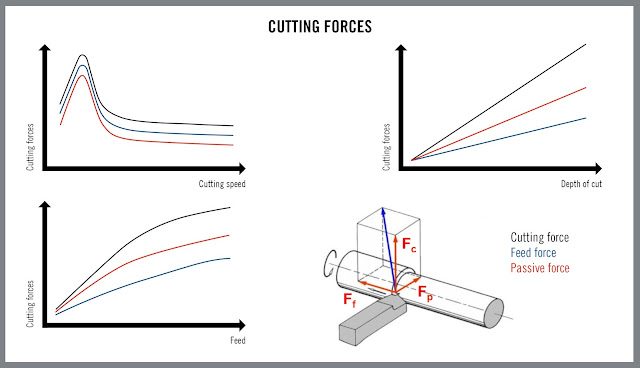No one likes rejection, especially in the world of parts production. Manufacturers running critical applications know there’s nothing worse than having to scrap expensive, time-consuming components because of burrs or unacceptable edge conditions. Sound familiar? Then it might be time for you to tackle these unsightly manufacturing blemishes differently.
Mechanized Edge Profiling, or MEP, could be your answer, especially if you’re deburring components using hand grinders or other manual processes. Because, even when performed by skilled craftsmen, manual techniques are slow and lack the required process consistency from part to part.
MEP, however, is a controlled strategy involving precision engineered tools, guided by a machine tool’s CAM program, to remove burrs and sharp edges quickly and consistently. It’s also a documentable method that can increase your repeatability and reduce your setup and part handling expenses.
Before implementing MEP, it’s important to make sure you have the right tools for the job. When machining non-rotating components, such as aircraft engine casings, it’s best to use solid-carbide chamfering end mills and edge-break tooling. However, when profiling edges on contouring components, ball nose and lollipop-style tools are your best bet.
Custom MEP tooling is necessary when cutting critical rotating parts that require perfect surfaces, such as aircraft engine fans. These special tools have specific radii, chamfers and angles that are essential to machining flawless, lab-certified edge profiles. The most sophisticated deburring tools have edge designs that produce a chamfer with a radiused edge preceded by lead-in and lead-out angles to prevent formation of secondary burrs.
When putting MEP into action, you should use it as a portion of the actual part feature machining operation for maximum accuracy, consistency and productivity. Deburring should occur after all machining operations are completed. The CAM program directs the MEP tools to deburr all the holes and break sharp edges in sequence. Some MEP tools can be used to deburr a variety of holes, and some profiling tools can be applied on three or four different locations or features, such as the bottom of a hole as well as the bottom of a scallop contour.
To ensure that the edge profiling takes place in the correct location and with the proper amount, your part’s hole or feature must be defined or measured before the MEP operation begins. When part tolerances are very tight, the location of the part surface should be well defined and in-process measurement may be unnecessary. However, if the location is in question, measurement will be necessary after initial machining to determine the location of the edge or feature to be profiled.
In addition, the tool itself must be measured and located to ensure that it will profile the part correctly. Because the tool radii are so small — and for practical purposes, unmeasurable — the tool length is specified in the CAM program. You can confirm the tool length away from the machine with a presetter or on the machine via a laser or touch probe. Feed rates are calculated relative to the measured dimensions of the part features and the tool.
Overall, you should consider the deburring or chamfering process as a finishing pass, with your primary focus on quality. Productivity is always important, but especially in the case of expensive components, pushing the tool to maximize output can have negative, and costly, repercussions. Consistency, reliability and elimination of scrap parts are paramount because no one likes the feeling of rejection.
If you have questions about MEP, please don’t hesitate to contact me or our technical support team. You might also want to check out the published Seco technical article “How MEP Takes the Edge Off Parts Manufacturing.”
Todd oversees the product marketing team at Seco Tools LLC. and works with the company’s sales department to further enhance the customer experience. He and his team also support product introductions while working globally on new product testing to ensure customers gain access to the industry’s most advanced tooling as quickly as possible. In his spare time, Todd likes to go bowling as well as cheer on the University of Michigan football team.







